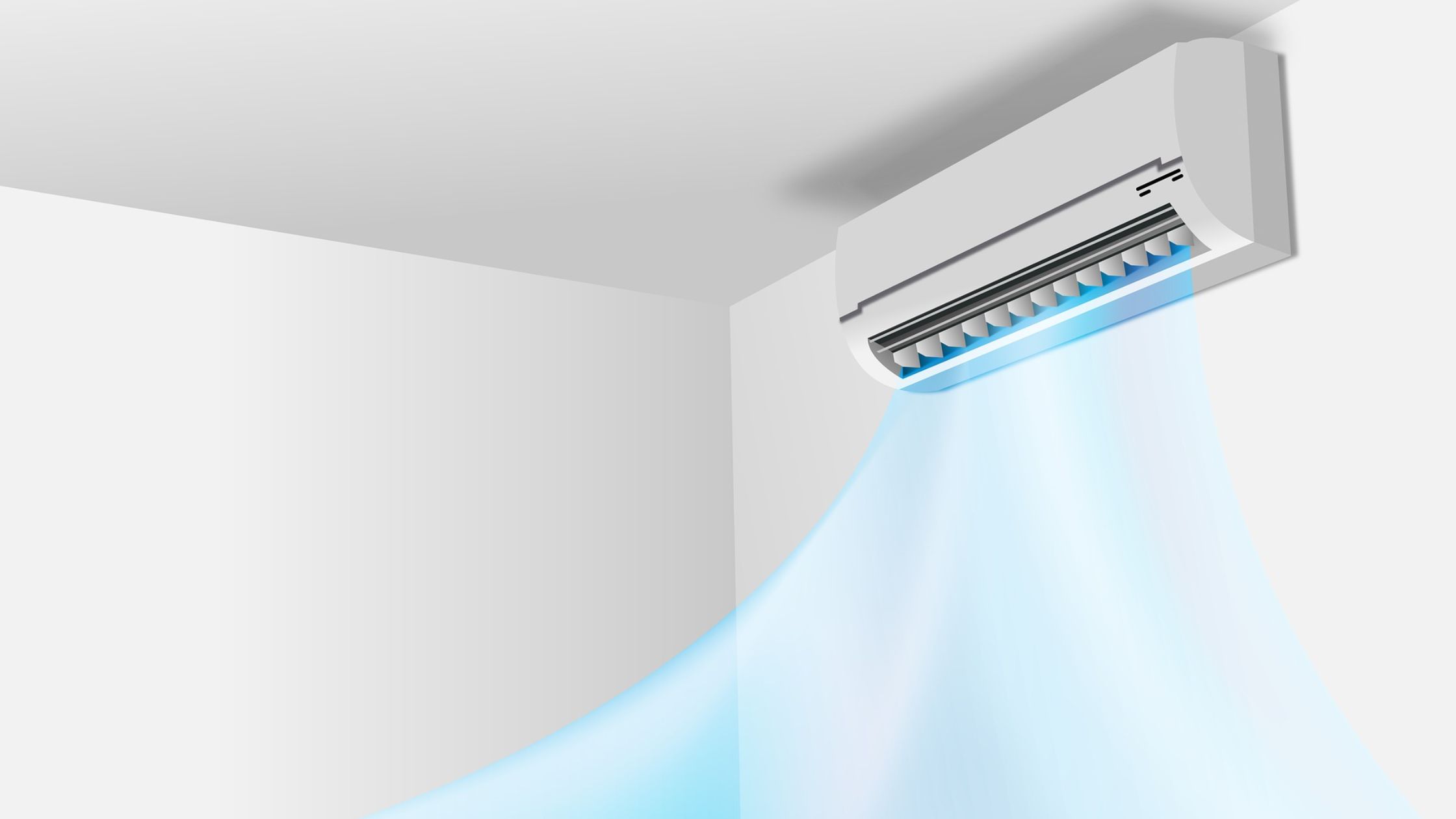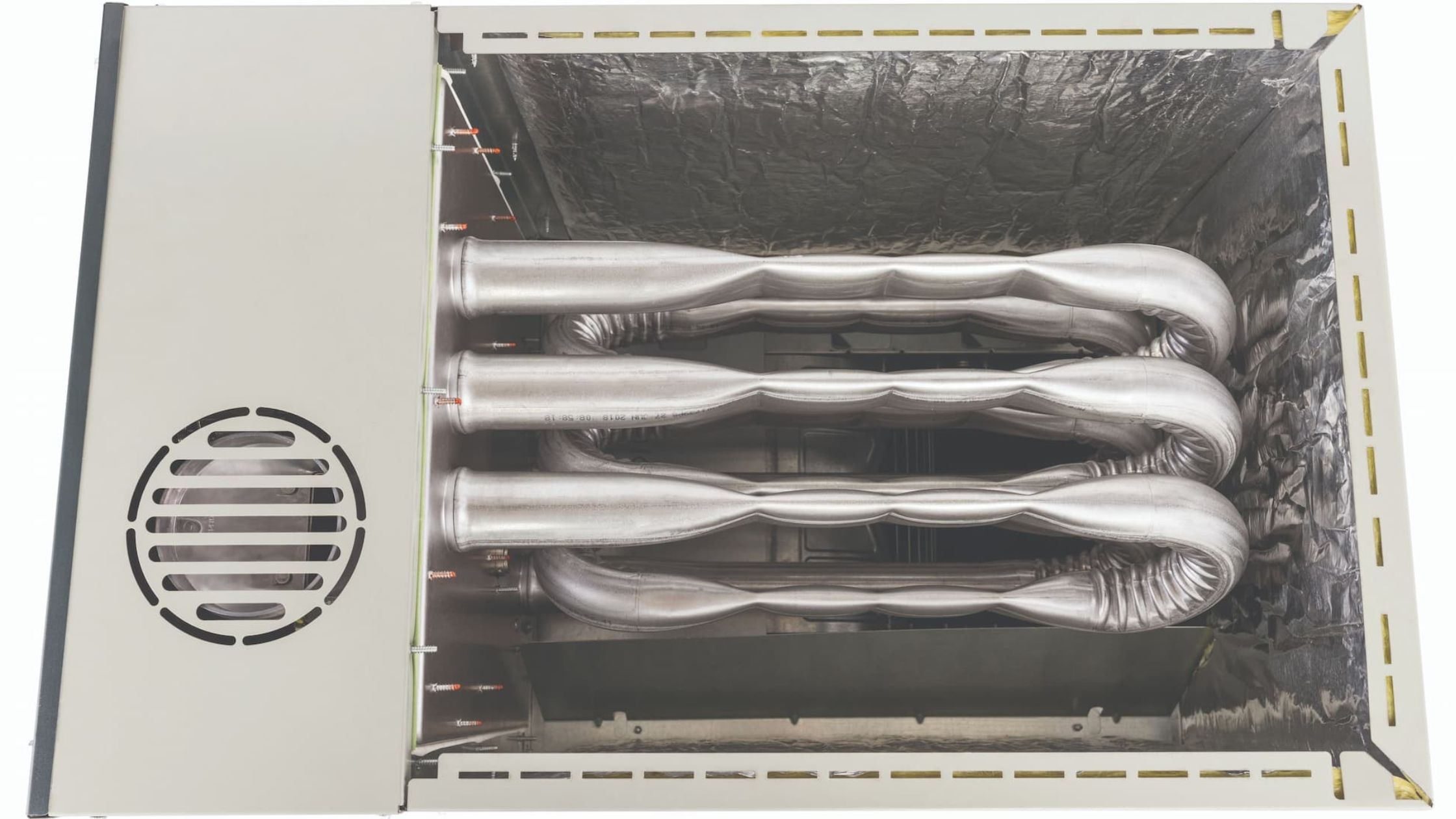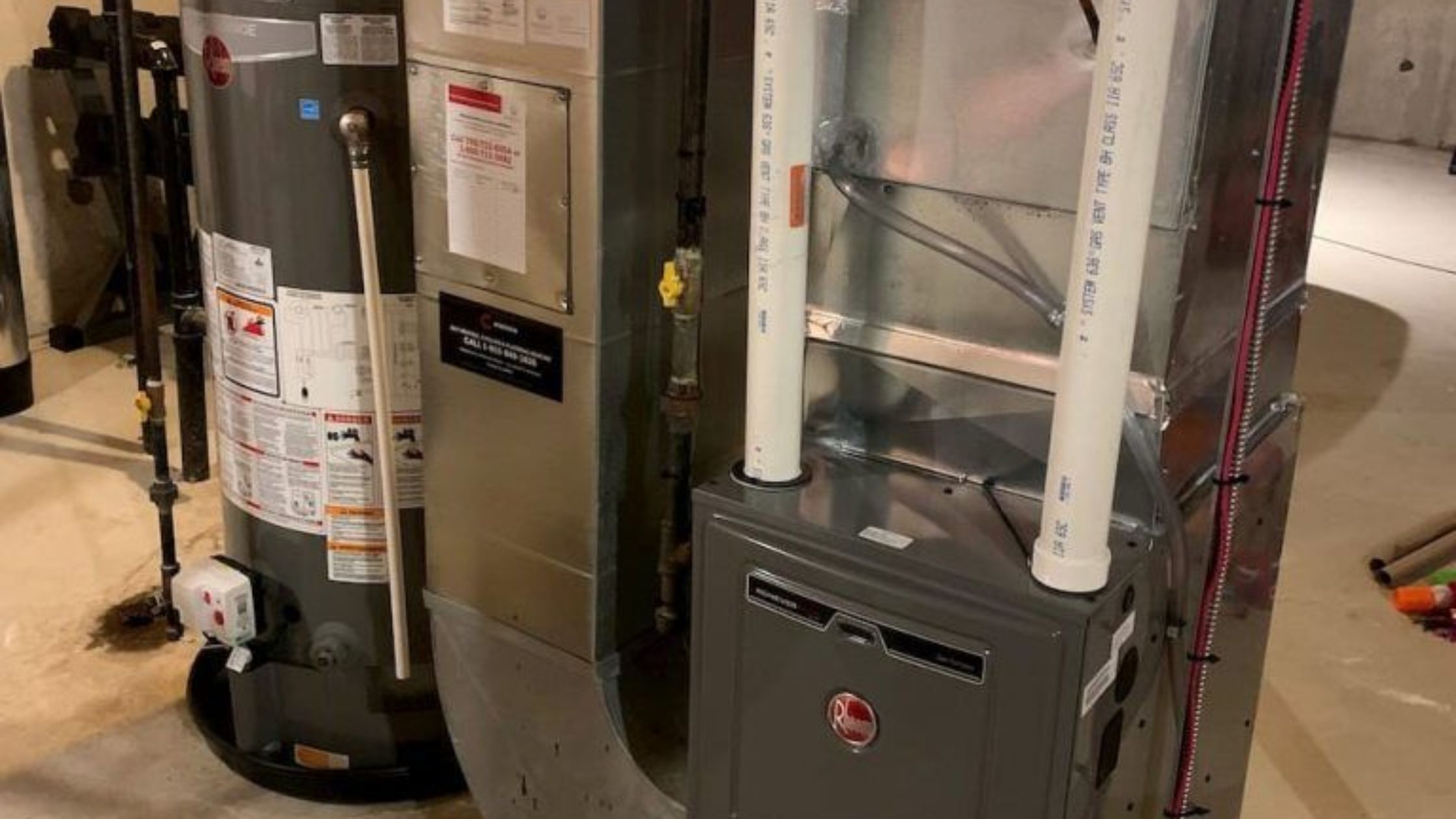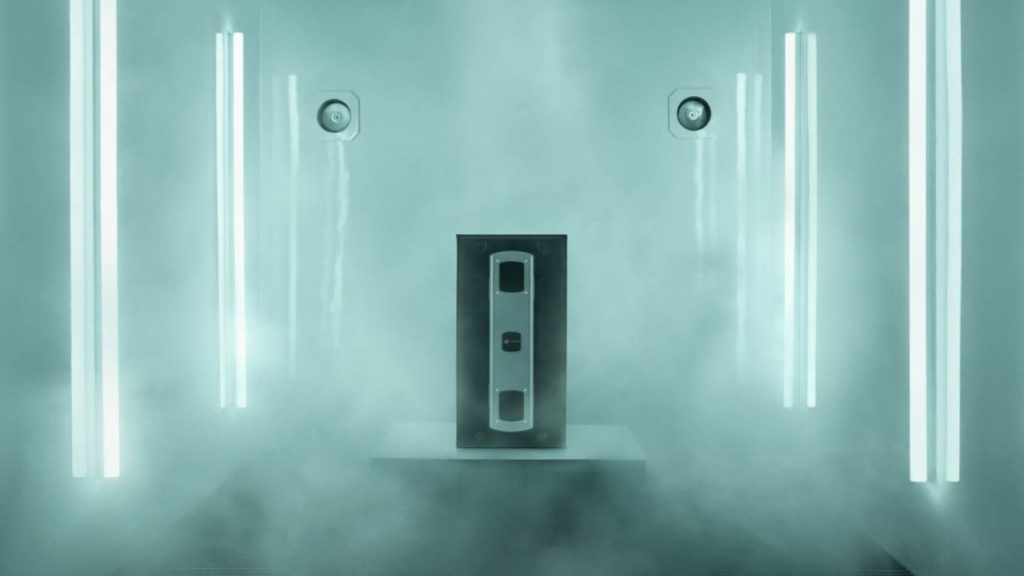As the weather becomes cooler, many individuals will be spending a lot more time at home. Households may incur increased energy expenditures as a result of keeping the heating, the lights, and computers on as the temperature drops—and as work shifts from the office to the home. For certain folks, the additional fees will be very difficult. Fortunately, when the weather becomes cooler, there are methods to save money on heating and other energy expenditures while still keeping our homes pleasant. Here are some techniques on how to conserve energy to help you save money when you spend more time inside throughout the winter months.
Keep Heat Inside

Making sure your home isn’t losing heat is one of the greatest ways to remain warm. Windows and doors may lose up to a third of the heat in a typical home. Internal fractures and openings, such as electrical outlets, baseboards, and attic hatches, can potentially allow air to escape into or out of your home. To make your house less draughty and keep warm air inside, caulk around these holes. Caulking leaks may save an ordinary family up to $150 per year in their annual heat and cooling costs. You can also take advantage of our annual maintenance plans. Weatherstripping the windows may save you an extra 5 to 10% on your heating and cooling expenditures each year, or up to $80 each year. During the winter, closing the curtains can assist prevent heat loss from a heated room by up to 10%. Curtains that are hanging near to the windows can assist reduce up to a quarter of the heat loss. During the day, though, raising curtains on sunny windows can assist improve temperatures by utilizing solar energy. Just keep in mind to close the curtains at night time or on windows that don’t receive light as much.

Mind your thermostat
Dropping the temperature by 10 to 15 degrees while sleeping can also help you save about 10% on your heating expenditures. A smart thermostat may also be set to know when you are generally at home or away, as well as what temperature you prefer at certain times. Some smart thermostats even allow you to operate your heating (and cooling) system through a mobile app or through your phone. A smart thermostat can cost anywhere from $150 to $200, but it can easily pay for itself by saving you roughly $200 per year in energy bills.
Reverse Ceiling Fans
A reverse mode is available on several ceiling fans. When they revolve clockwise, the warm air at the ceiling is pushed down and circulated throughout the space. It works well!
Heat the People, Not Space
It is far more efficient to keep individuals warm than to heat an entire space. Put on a sweater and a pair of fuzzy slippers. Be using a hot water bottle or an electrically heated blanket. Drink hot beverages. Make yourself at home and all snuggled up.

Replace Furnace Filter
Dirty filters block airflow and make your furnace work even harder, increasing its energy consumption. During the winter season where the furnace is heavily used, be prepared to replace your furnace filters at least once every three or so months, or ask your landlord to do so. This energy-saving trick also has the added benefit of improving indoor air quality. Consider upgrading to a washable filter, which will save you money and help you save time. You can also take a look at and learn how often you should change your furnace filter.

Make the Most of Your Devices
Many individuals utilize technology for work, school, leisure, and socializing on a regular basis, especially when we spend more time indoors during the winter months. This can result in increased energy use, as well as higher expenses. Using the energy saver mode on your electronics, appliances, and even certain heating equipment can help you save money on electricity without losing performance. This may also be referred to as “low power mode,” “battery saving,” or something similar, depending on your product.
Turn off any gadgets that aren’t in use. Consider an advanced power strip to prevent electricity waste from idle gadgets that might be using power in standby mode.
Here are some more energy-saving strategies for some of our most energy-hungry appliances:
- To save energy and water, do laundry in cold water and wash full loads.
- If you open the oven door to check on your meal, the temperature might decrease by up to 25 degrees, necessitating more energy to re-heat.
- Lowering your water heater’s setting from 140 to 120 degrees can save you up to $400 per year—and you won’t even feel the difference.
As professionals, we can pinpoint areas that can be optimized to save energy. CONTACT US for a consultation on how to make your home more energy-efficient during the winter months.
